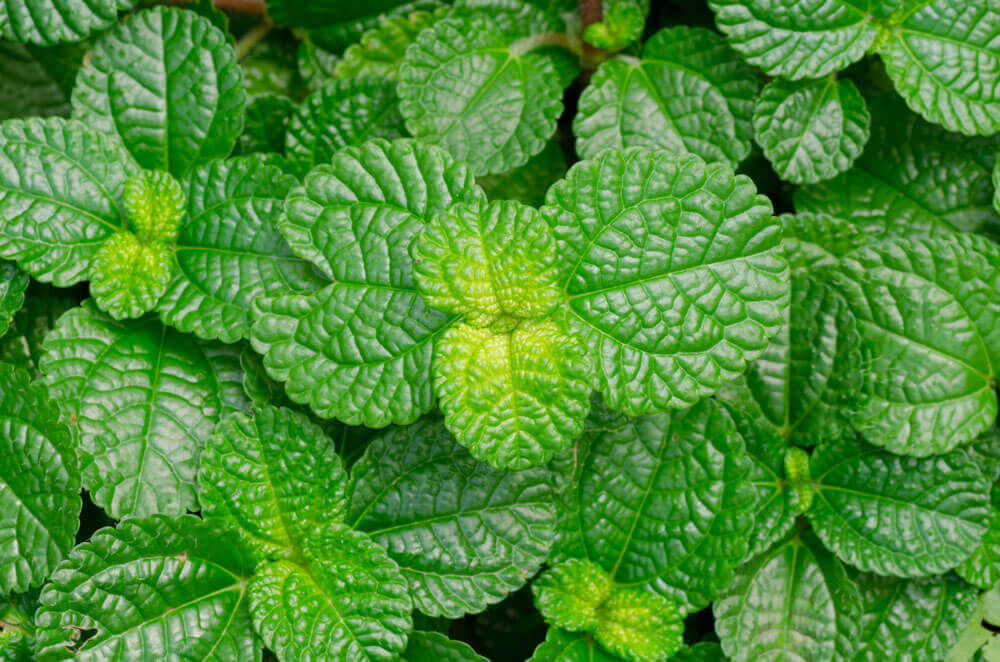Episcia: Identification, plant Growth and reproduction

Learn about the plant
Episcia, a genus of 6 types of sneaking, stoloniferous, pad-forming, epiphytic or terrestrial, time tested perennials found in warm woodland and rocky habitats from Mexico to Latin America. Episcia is undoubtedly a desirable trailing plant. Mainly because it calls for higher atmosphere humidity, it is usually tough to expand being a remote grow or in a hanging basket. Still, it can make an excellent ground deal with bigger plants—the two main types – The Fire Violet Along with the delicate Lace Floral. The Flames Violet provides a lot more eye-finding foliage – large and quilted with silvery or light green blood vessels. The trailing stalks grow about 1,5 feet very long – with the Lace Rose (Episcia dianthiflora), the tiny simply leaves are borne in groups along with thread-like athletes. Both blooms throughout the entire summer and also the runners root in around garden compost, generating plantlets for propagation. Shorten stalks after blooming.
Plant growth conditions
Average or higher average warmness in summer. Maintain fairy cool in winter – minimal temp 60 F. Vibrant light-weight – steer clear of straight direct sunlight.
Drinking water freely from early spring to the autumn months – sparingly in the winter months. Use lukewarm water. Mist simply leaves regularly, specifically in warm weather.
Plant reproduction
Take cuttings in spring. Work with a rooting hormone and provide the bottom part brain. Surface area-sow seed at (68-77 F, 20-25 C) when ripe or even in earlier springtime. Divide, different plantlets.
